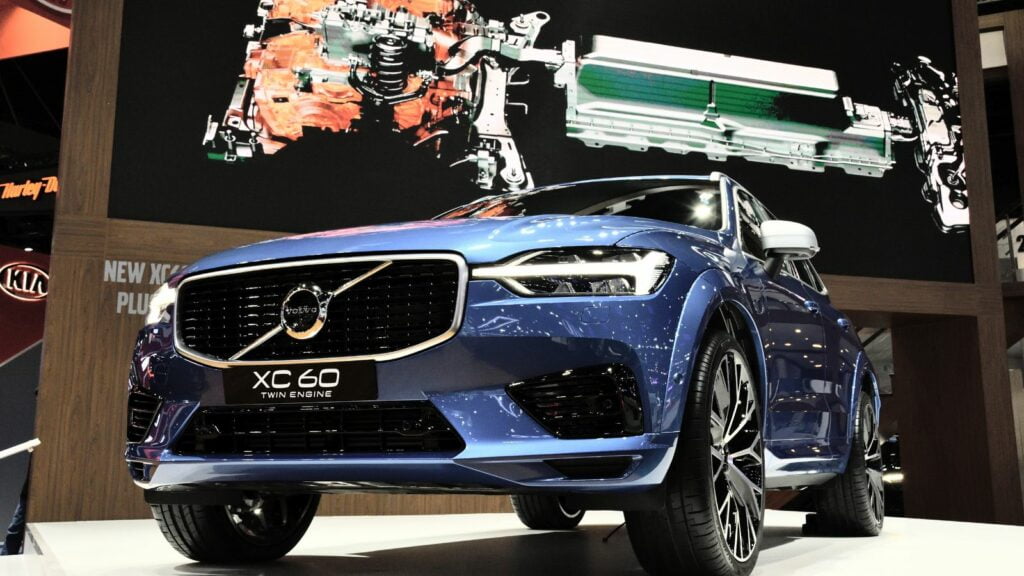As Canadians face rising fuel costs, inflation, and shifting lifestyle priorities, some SUVs have suddenly lost their appeal. Once coveted for their size or prestige, these models are experiencing a mass sell-off, particularly among drivers who are unable to justify the escalating maintenance costs, poor fuel economy, or declining resale value. Here are 22 SUVs Canadians are dumping faster than ever in 2025:
Ford Bronco Sport
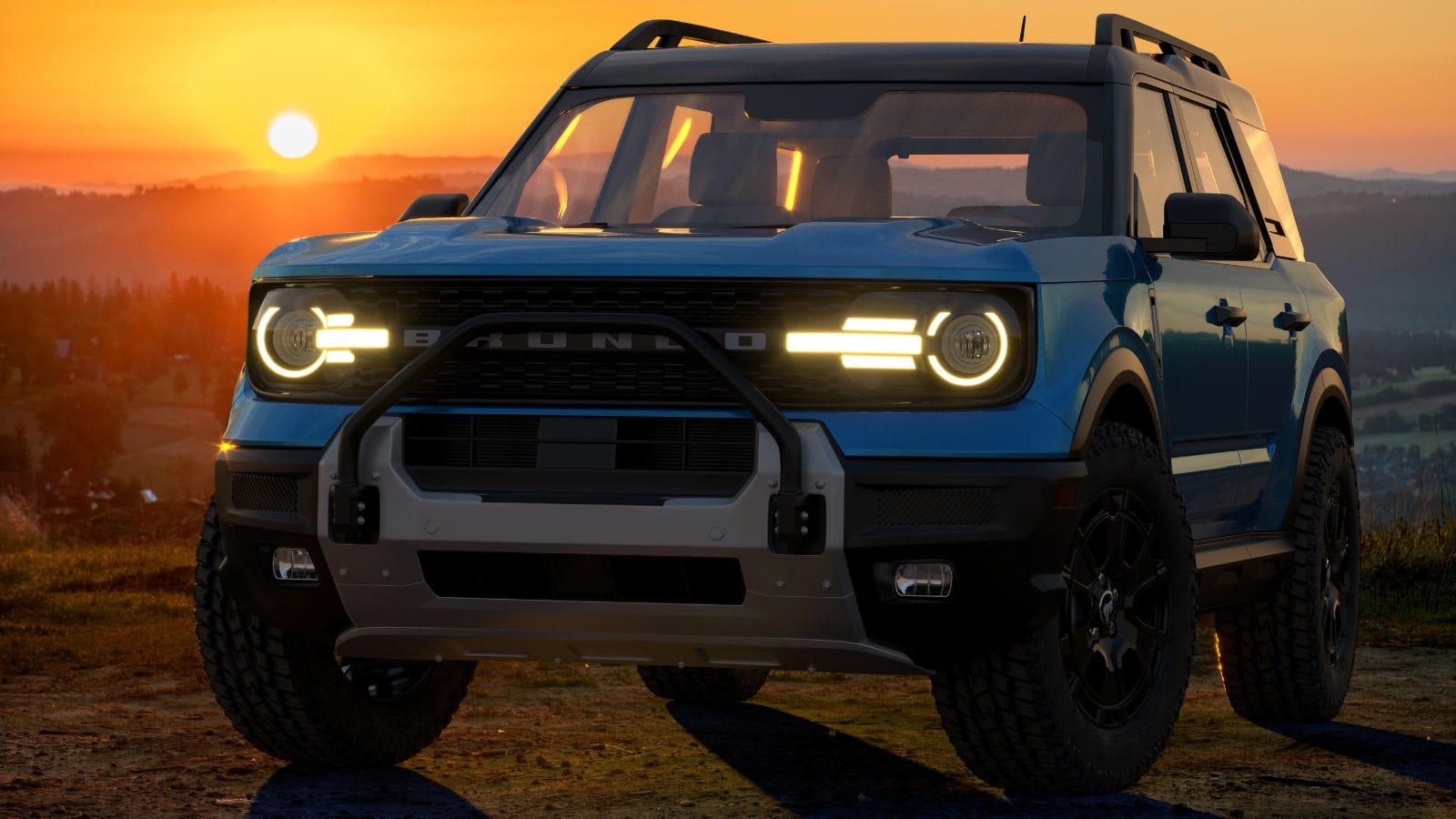
The Ford Bronco Sport promised a rugged flair, but the early 2022-2023 models quickly became trade-ins. Owners report persistent transmission jerking and high fuel consumption for its class, especially in AWD trims. The interior trim quality and NVH insulation fall short of modern expectations, and resale values are collapsing, with many selling below market value just two years in. Canadian mechanics also flag frequent sensor failures tied to icy weather, and combined with a steep sticker price, the Bronco Sport became less adventure-ready and more of a financial burden, prompting many Canadians to offload them.
Jeep Grand Cherokee (5th Gen)
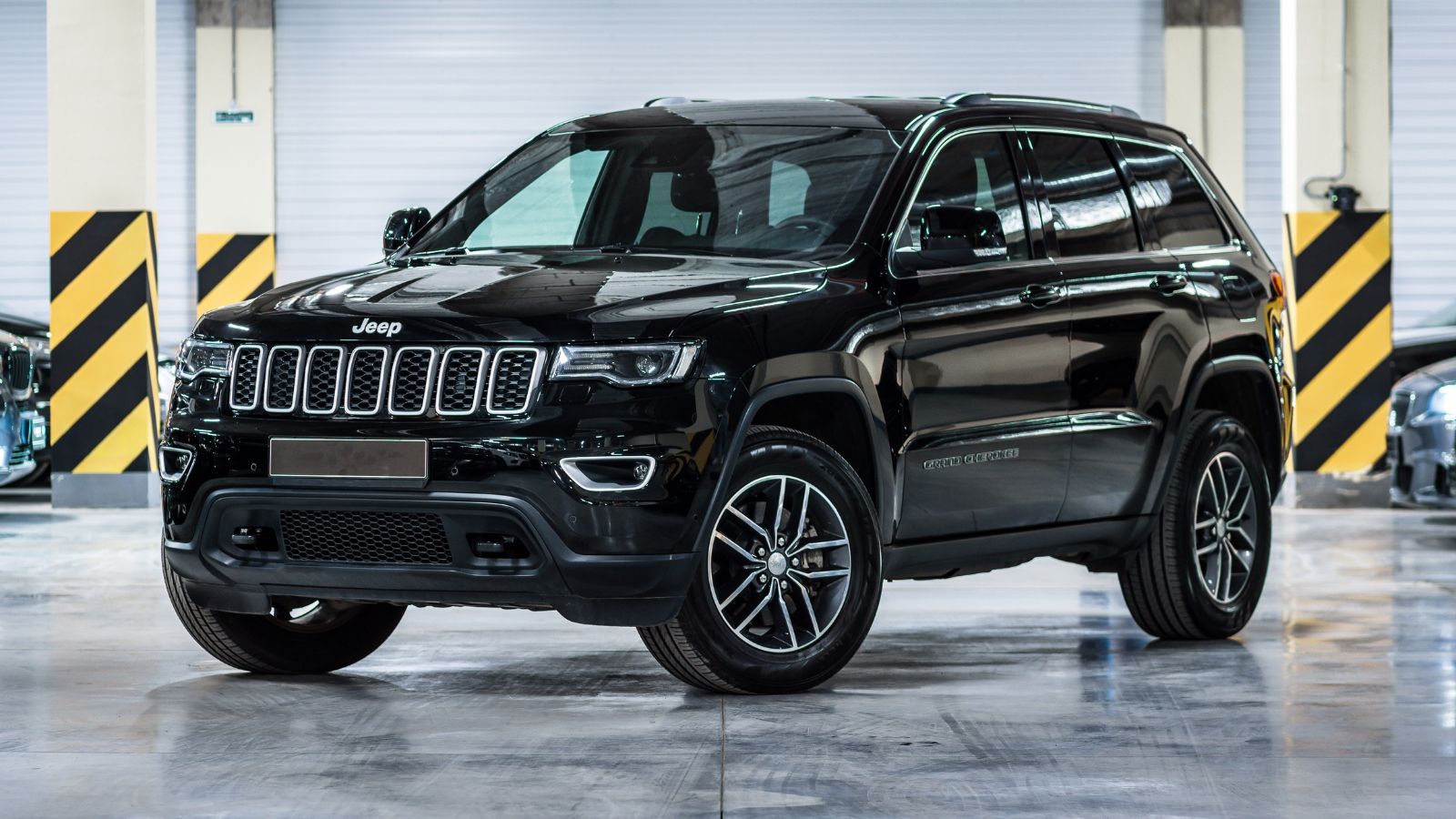
The latest-generation Grand Cherokee initially impressed with luxe styling and off-road promise, but Canadian owners are losing patience. Its twin-turbo V6, while powerful, suffers from elevated oil consumption and expensive turbocharger failures. Fuel economy disappoints, especially for AWD enthusiasts, and electronic climate and infotainment systems often experience glitches during cold winters. With rising maintenance costs and a steep depreciation curve, many owners are jumping ship and choosing more efficient, less temperamental alternatives like midsize hybrids or newer AWD crossovers.
Hyundai Palisade
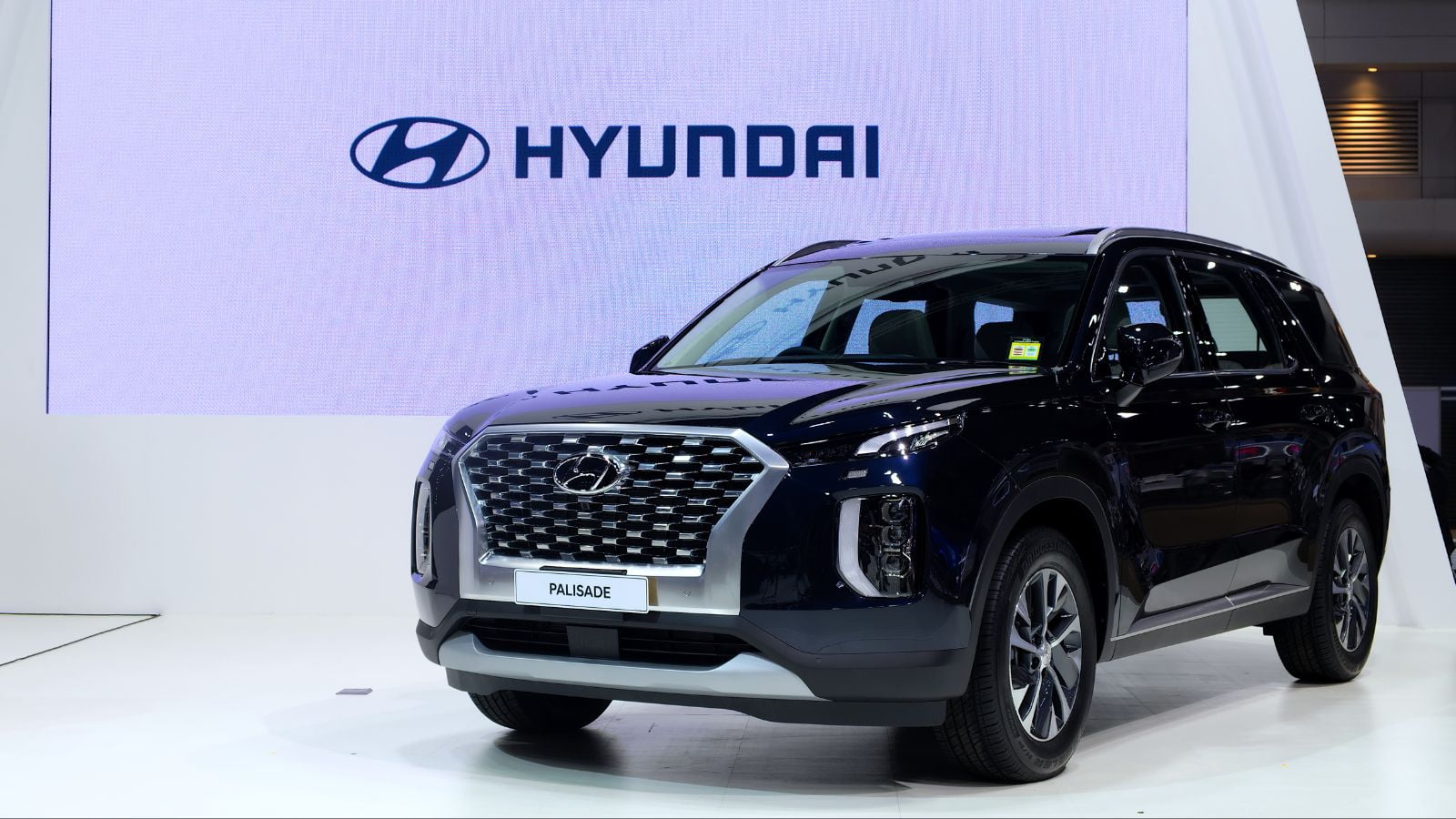
The Palisade’s family-sized promise was undercut by real-world drawbacks that convinced many Canadians to sell. Although it is roomy, the V6 engine underdelivers in hilly terrain and consumes fuel inefficiently, and transmission hesitations plague lower-speed driving. Cabin trims scratch easily under winter gear, and the infotainment system also freezes more frequently than it should. The price tag makes it harder to absorb depreciation, while mechanics often report frequent oil leaks and early wear on suspension bushings due to salted roads. Despite generous warranties, the resale market remains soft, forcing many to trade in rather than wait for the value to return.
Toyota RAV4 Prime (Plug-In Hybrid)
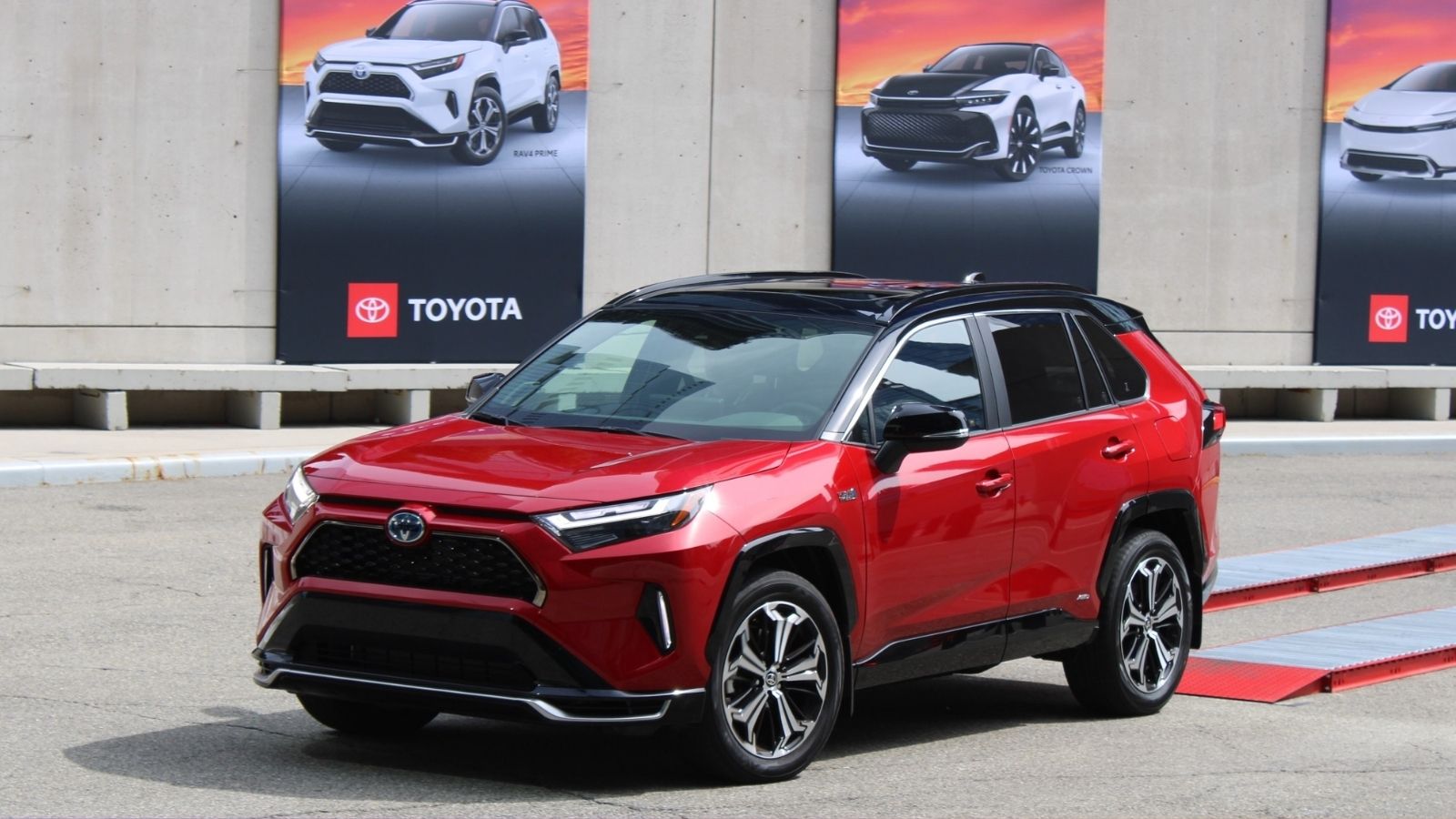
Toronto‑area buyers snapped up the RAV4 Prime for its EV promise, but many Canadians are now parting ways. The limited electric-only range means most trips rely on gas, yet fuel economy remains underwhelming. Repairs around battery modules and EV cooling systems have been reported in cold-weather provinces. At the same time, the high sticker prices translate into long amortization periods, which are not ideal if tax incentives change. Resale values are plateauing faster than expected, particularly in comparison to newer PHEV alternatives. The Prime’s complexity, combined with rising interest in full EVs, is prompting early owners to cash out while demand still exists.
BMW X5 (G05, Early Years)
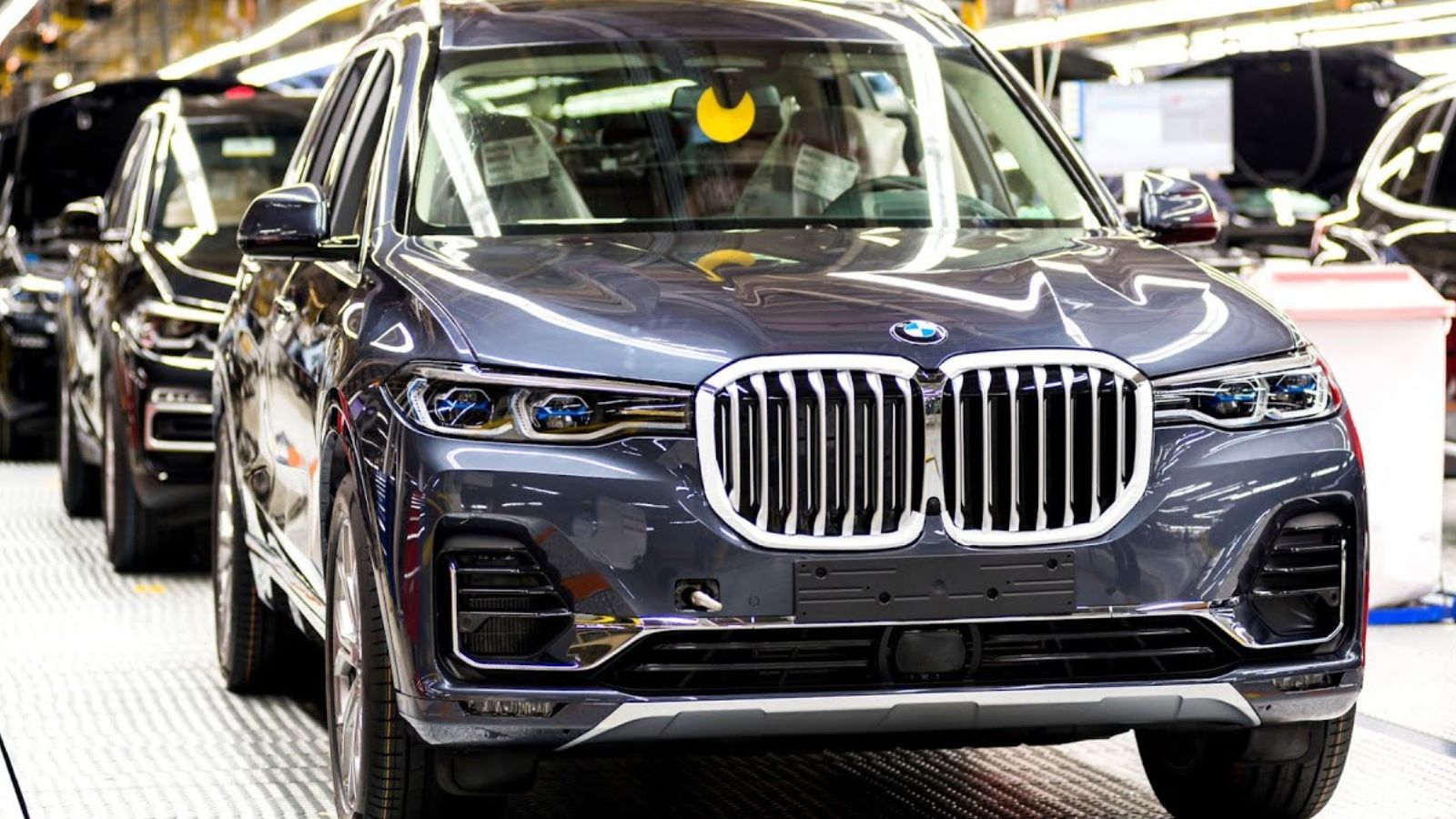
Canada’s love for luxury SUVs hits a snag when maintenance costs explode. Early G05 X5 models (2020-2022) are being sold en masse in 2025 as owners abandon them due to frequent oil leaks, electric steering pump faults, and costly turbocharger replacements, all of which are exacerbated by year-round winter use. Fuel consumption drags double the diesel’s carbon tax in several provinces, and depreciation bites harder when buyers expect a premium resale. With sizable repair bills approaching annual lease payments, many Canadians are opting for more reliable crossovers or leasing them short-term until their warranties expire.
Subaru Forrester (Post‑2020 Models)
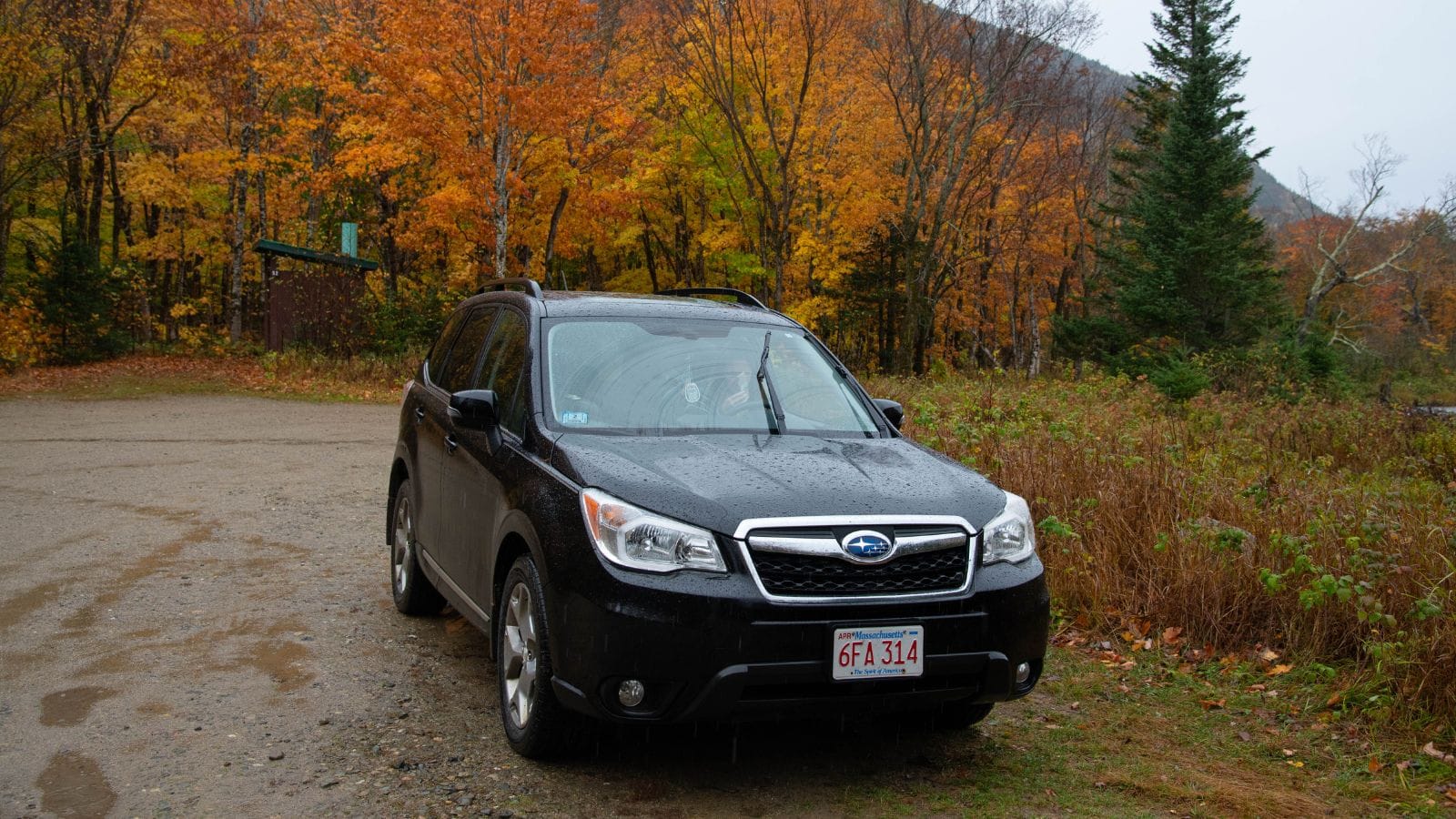
The Subaru Forester’s combination of AWD and safety once made it an easy Canadian choice, but even it is seeing a mass exit. Recent models of the FB-series engines are plagued by excessive oil consumption, and the gearboxes suffer from shuddering issues in cold conditions. The infotainment units also reboot without warning, sparking mounting frustration, while depreciation has accelerated as newer hybrid SUVs offer better efficiency and tech. Many Canadians are trading in their Foresters after just a few years, while encountering rising maintenance needs and disrupted car payments.
GMC Yukon XL (2021–2023)
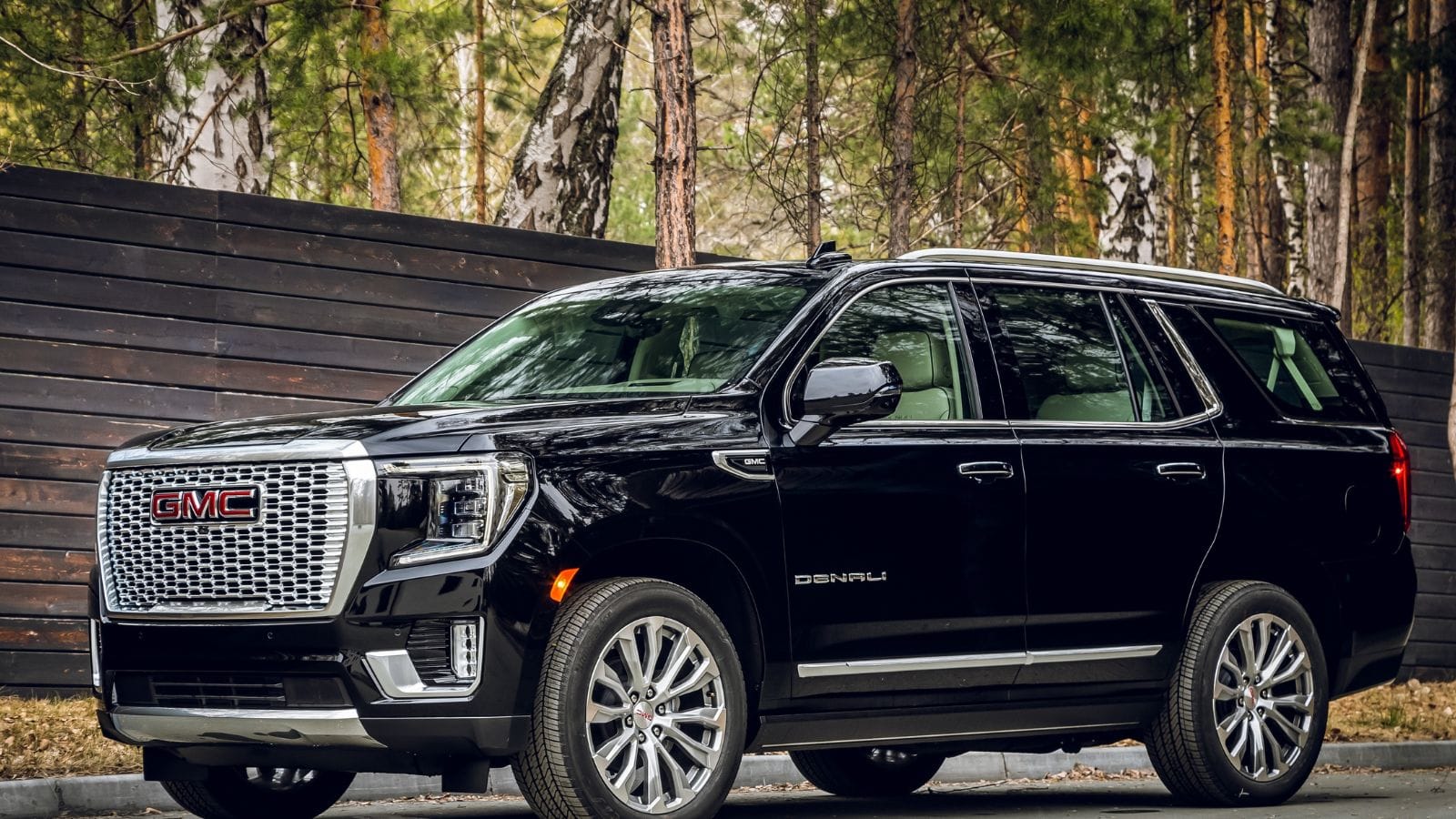
Once a staple for large families and road-trippers, the Yukon XL is now starting to overstretch Canadian wallets. With fuel prices still high, its V8 guzzles diesel or gasoline with little efficiency, as the ride comfort suffers from its truck-based chassis on paved roads. Service costs, from brake pad replacement to transmission rebuilds, have also hit unprecedented levels. Many owners cite insurance premiums and steep depreciation as tipping points. For households seeking that size, full-size SUVs are giving way to hybrids and minivans, which offer fewer headaches and lower total cost of ownership.
Cadillac Escalade (2021–2023)
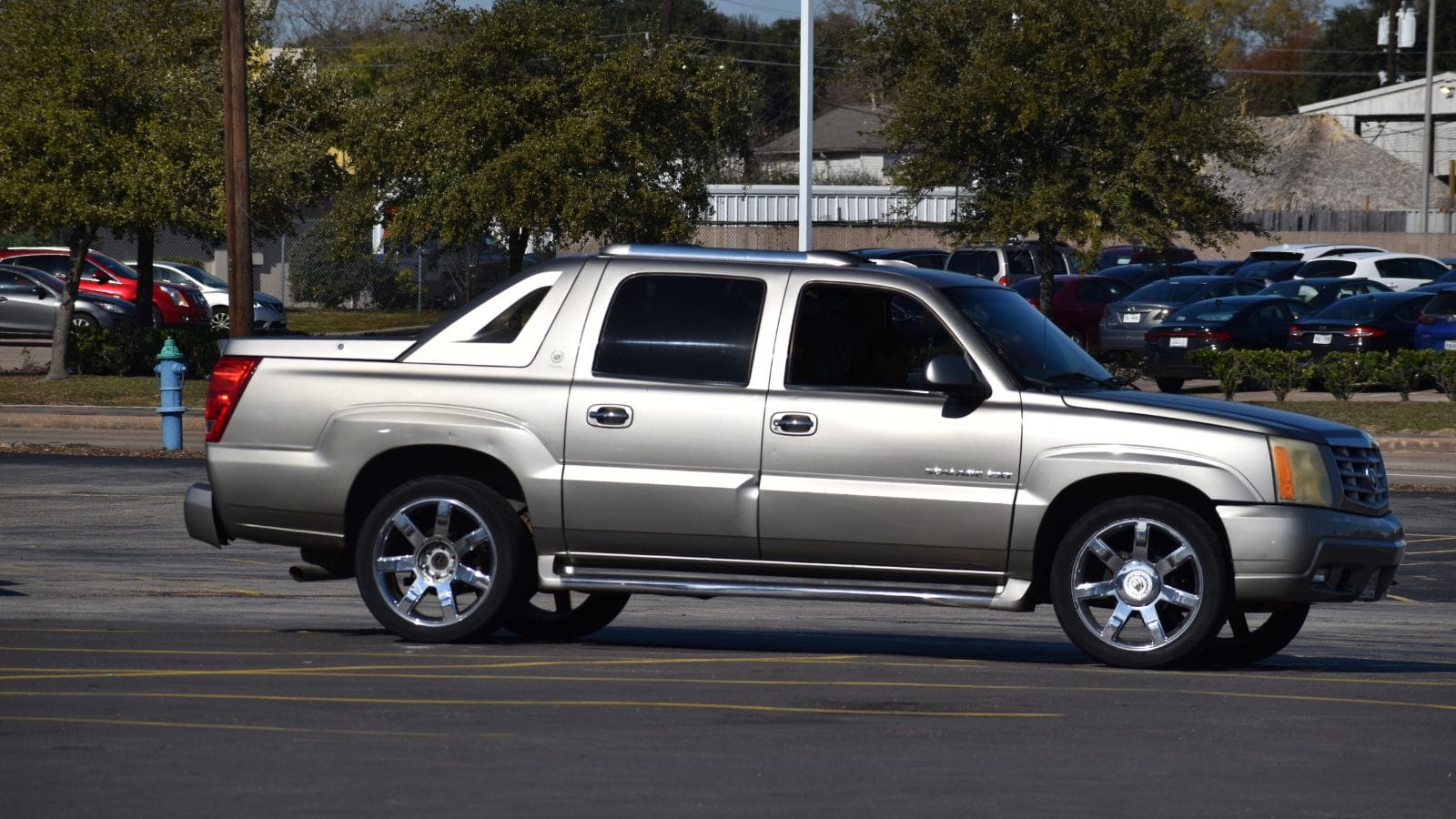
The Escalade’s imposing frame and advanced features initially impressed, but Canadians are growing wary as frequent complaints regarding its weight, transportation, and tire wear have increased, especially on salted roads. The fuel efficiency is dismal, even on premium diesel engines. Tech-heavy cabins are prone to module glitches when winter weather strikes, and high insurance premiums and service costs are also driving early sales. Once a status symbol, the Escalade is now being traded in for more nuanced models that better balance luxury, capability, and practicality for Canadian roads and taxes.
Chevrolet Tahoe (2021–2023)
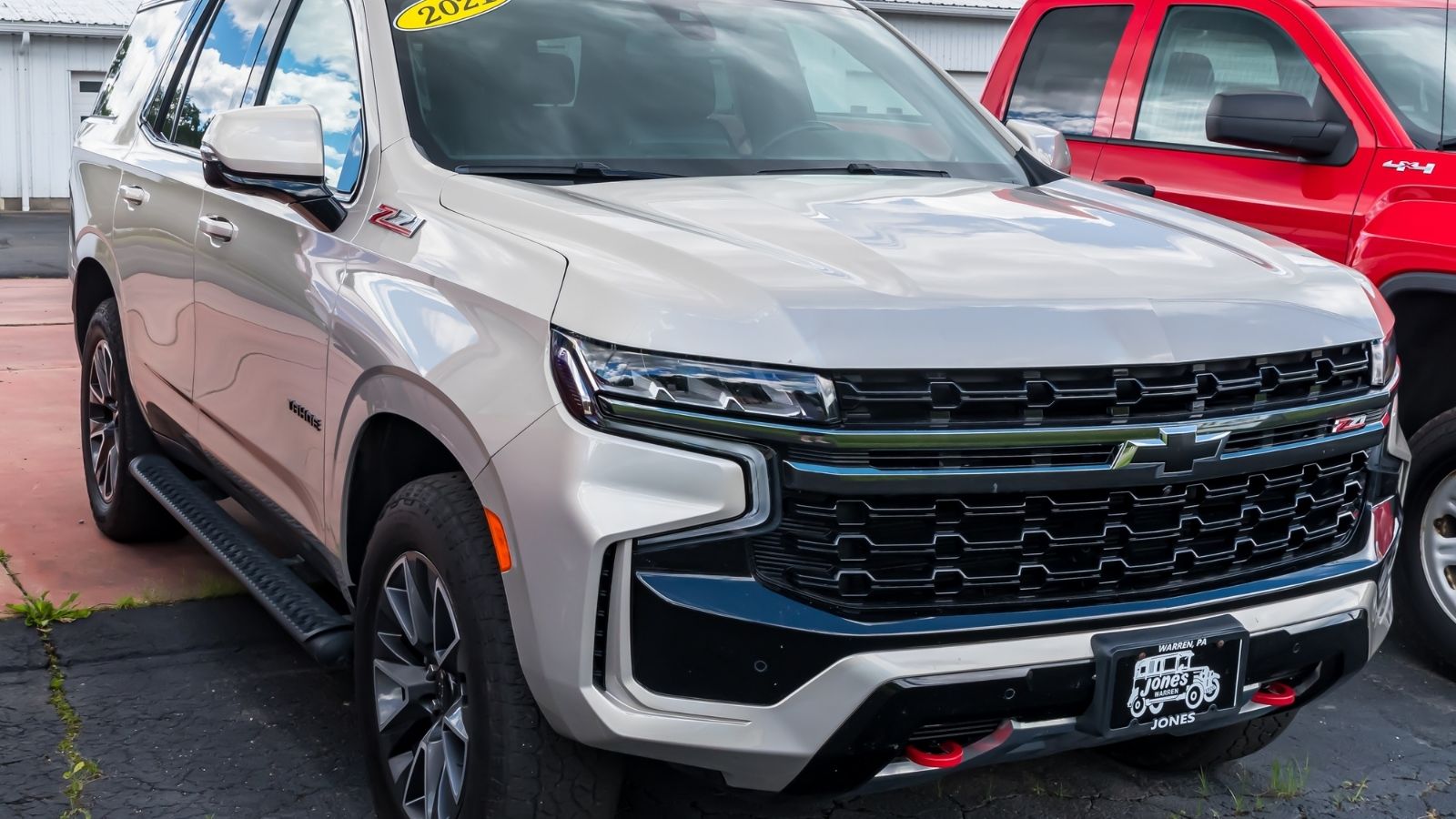
The Tahoe’s rise in popularity coincided with its departure from resale appeal, and owners are offloading them quickly due to low fuel economy, cramped third rows, and rapid depreciation. On long drives, highway noise and suspension harshness become glaring liabilities, while warranty expenses creep up once the bumper-to-bumper period ends, especially on the turbo-diesel models. The insurance is also painfully high, partly due to its large size and repair costs, leading many Canadians to choose tighter, more efficient SUVs or family-duty hybrids instead, leaving Tahoes in dealer lots at discounts rarely seen before.
Ford Explorer (Post‑2020 AWD)
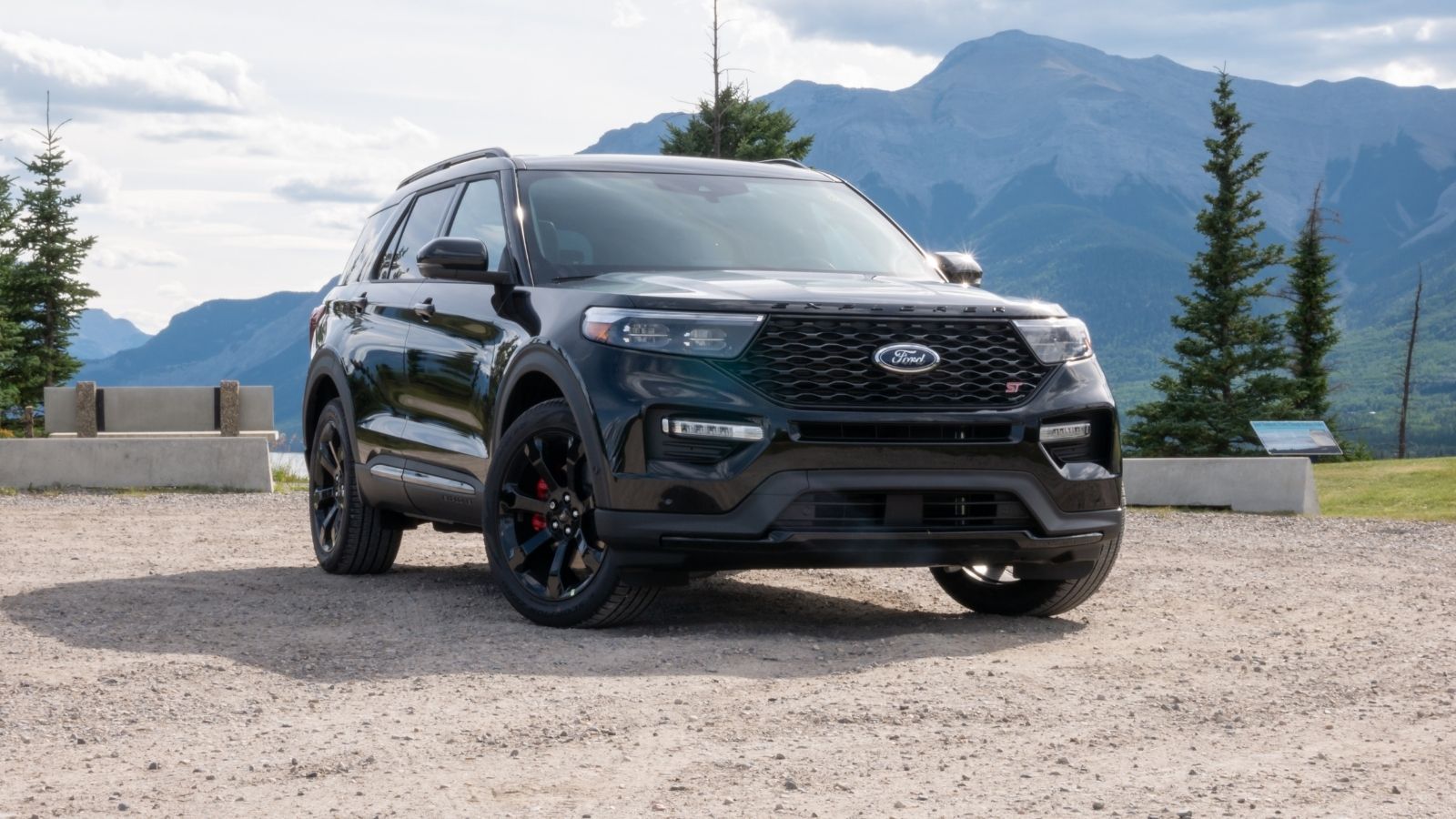
The redesigned Explorer struggled to match expectations under Canadian conditions. Its 10-speed automatic is prone to hesitation during cold starts, and the dashboard infotainment system freezes in subzero temperatures. The fuel economy lags even compared to less powerful competitors, while depreciation accelerates as a result, and warranty coverage falls short of buyers’ hopes. Double winter tire fitment also highlights how heavy the Explorer feels, and as EV-style comfort and trim expand in the alternative boutique, many now opt for more modern, fuel-efficient crossovers, having grown tired of the Explorer’s dated reliability.
Mercedes-Benz GLC (2019–2021)
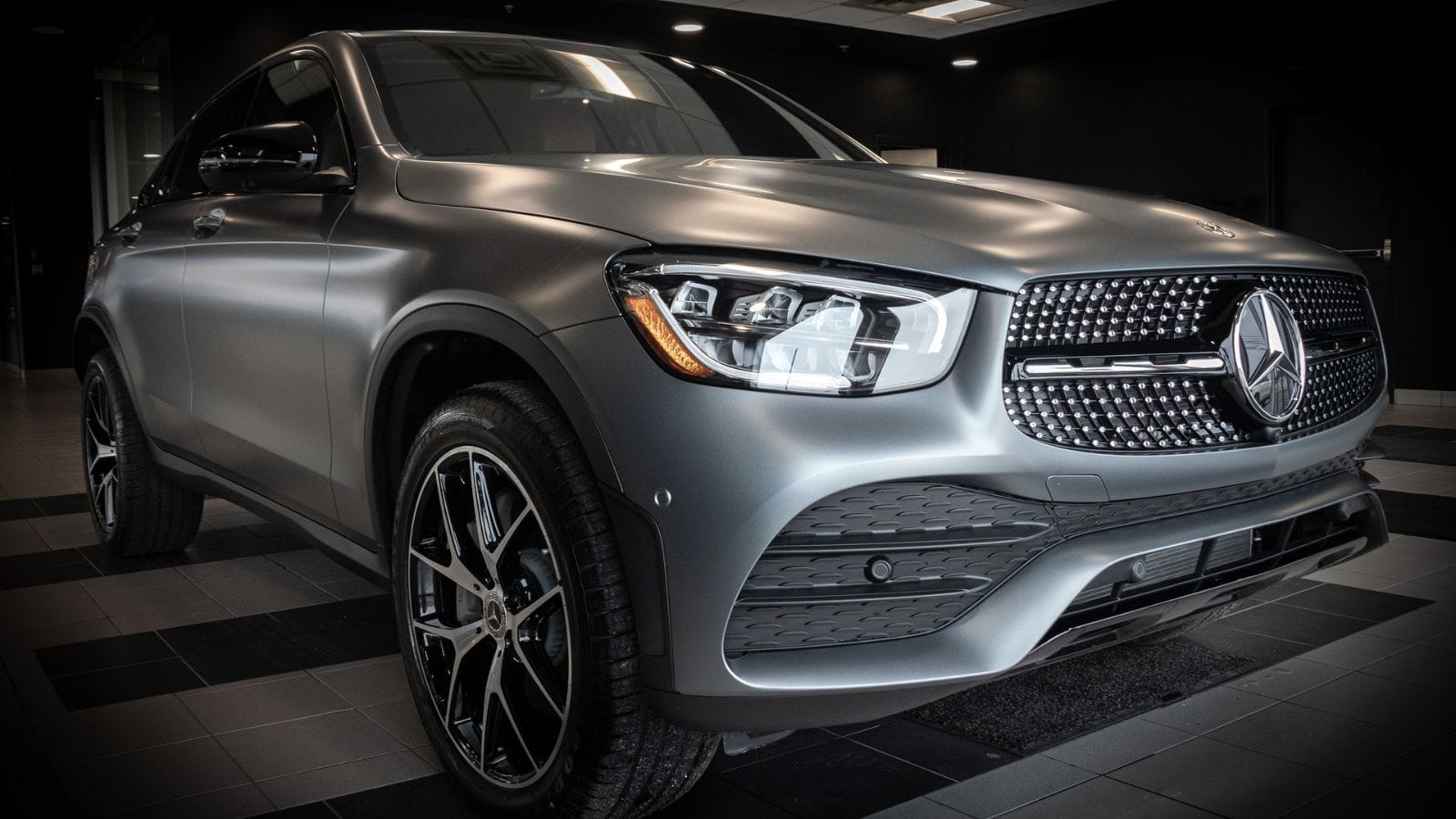
Although it may be a smaller, zippier luxury SUV option in Canada, the GLC’s early-model quality issues have driven a wave of sell-offs. Owners report that persistent electrical gremlins, such as sunroof motor issues, radar sensor malfunctions, and touchpad failures, are common. Additionally, the transmission shudders at low speeds, which can lead to increased timing-belt/service costs. Winterized models often arrive with broken headlight washers and tinted trim cracking around wheel wells. The depreciation is quick, and repair costs are high. Many buyers who have adopted the German ethos feel that the GLC is expensive, temperamental, and lacks forward-looking tech value, as warranty voids can occur, forcing many to seek other options sooner.
Ford Edge (2019–2022 Models)
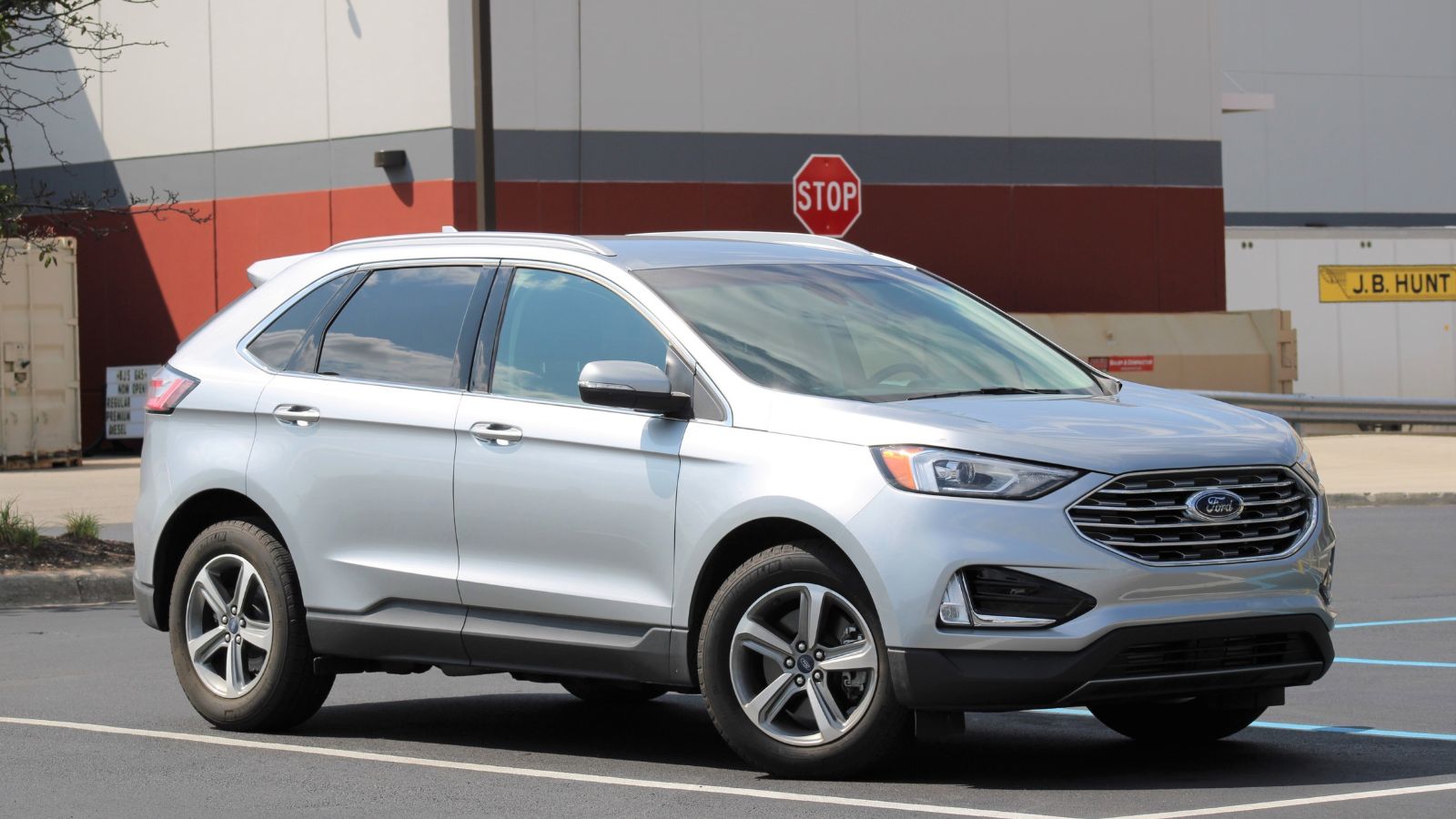
The midsize Ford Edge has seen a surprising uptick in trade-ins as owners tire of sunroof leak issues, reverse-gear transmission wear, and underwhelming powertrains. High-mileage tech, such as tiny rear defrosters, often burns out prematurely, while depreciation outpaces newer crossovers with hybrid trims, including those from foreign brands. Mechanic consultations reveal that clients are choosing to walk away instead of tackling costly repairs, and the dated interior also feels vulnerable to wear in northern climates. As fuel efficiency becomes table stakes, Edge’s shortcomings, both mechanical and comfort-oriented, are pushing Canadians toward more modern alternatives.
Volvo XC90 (2016–2019)
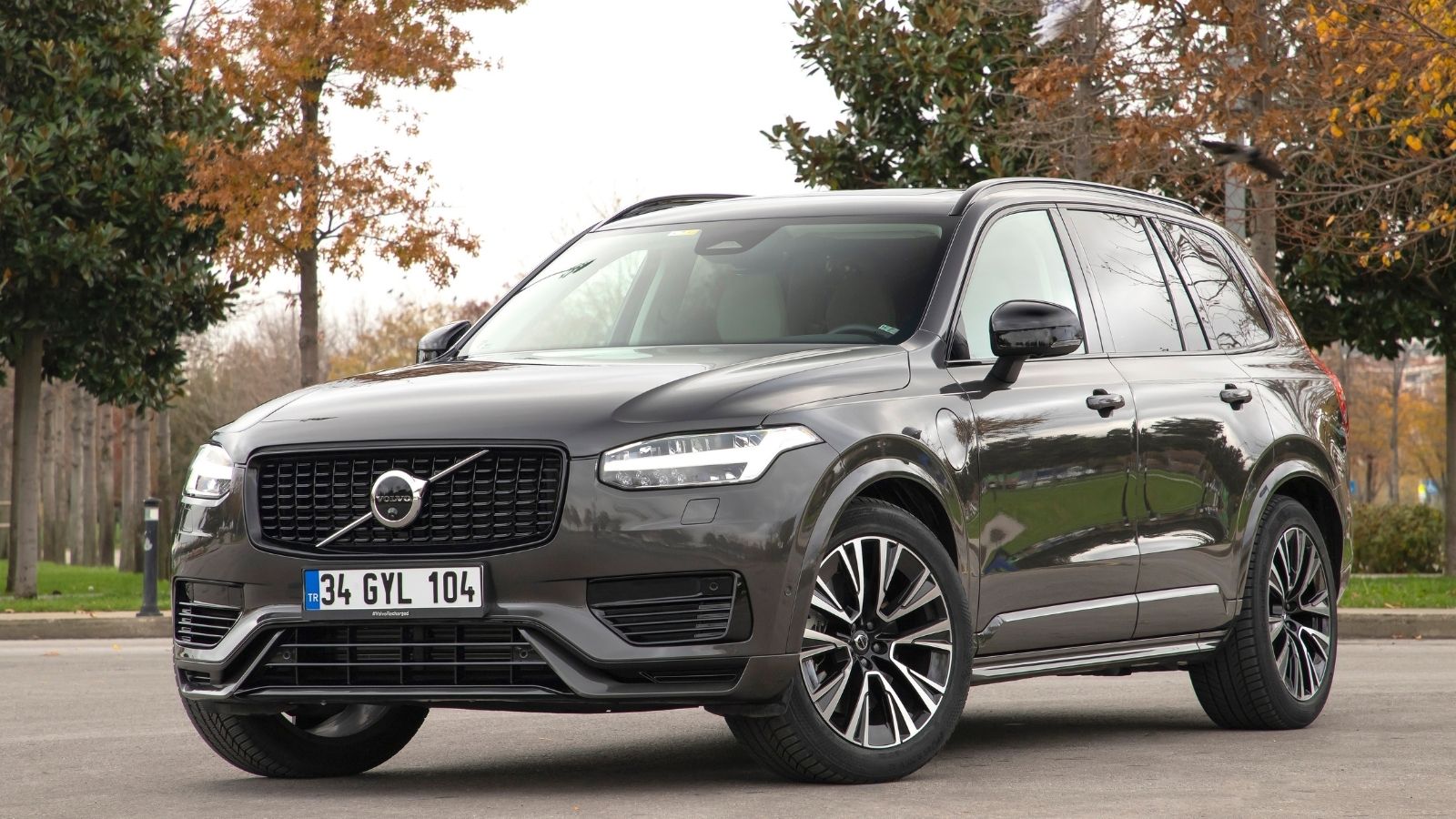
Canadians once admired the XC90 for its Scandinavian design and tech innovation, but roadside complaints have grown. Air suspension failures, electrical sensor issues, and coolant leaks, particularly in high-mileage vehicles under northern winters, have prompted mass sell-offs. The complexity of repair, with dual-turbo diesel engines and hybrid variants, means labor costs rise fast, while dented depreciation and unpredictable software updates have made owners leery. As luxury becomes about worry-free ownership, the XC90’s charm is overshadowed by its repair history, and many buyers now opt for younger, simpler SUVs that prove more reliable north of the border.
Dodge Durango (2019–2022)
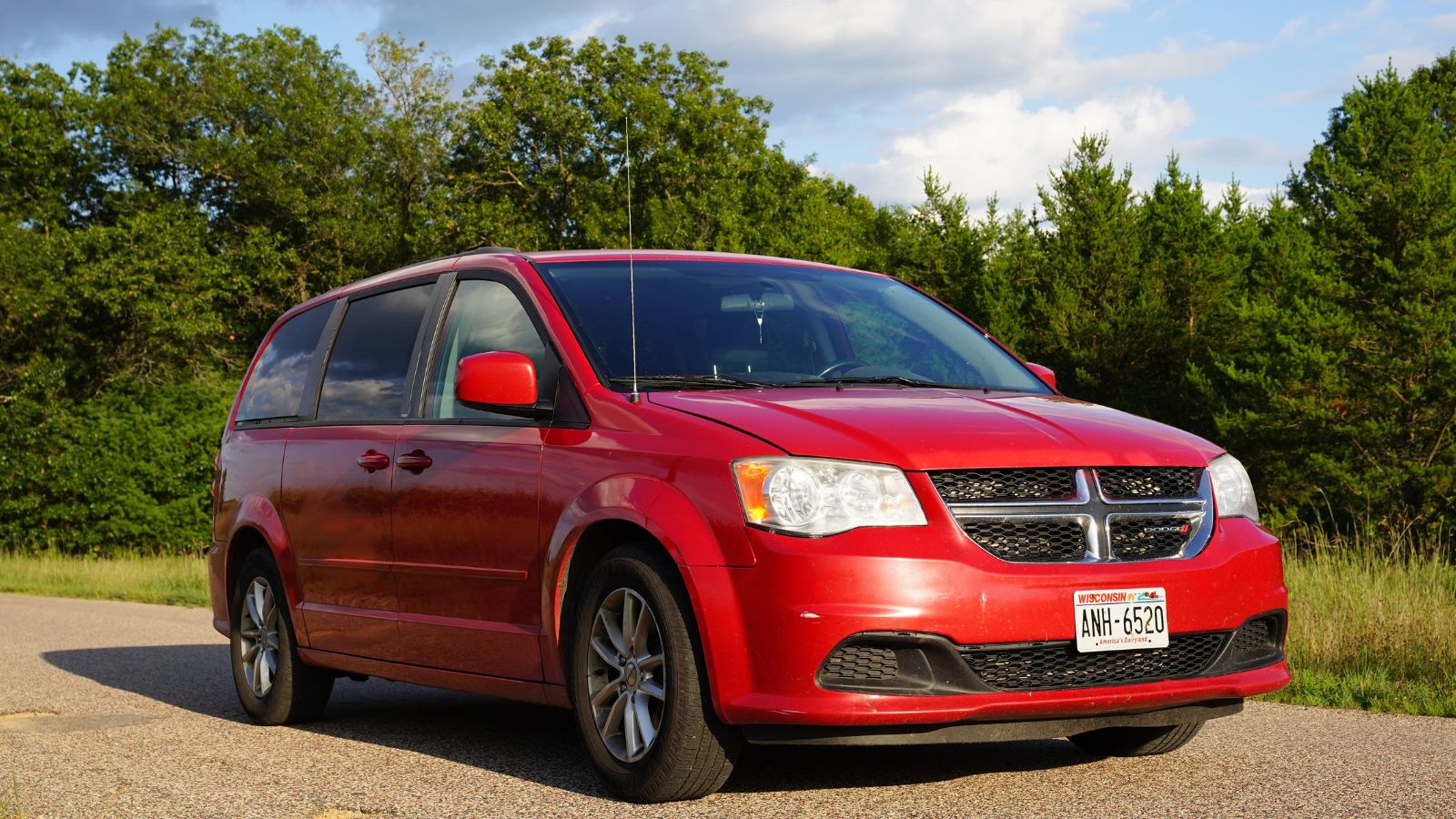
The Durango’s bold stance and towing promise made it attractive, until mechanics flagged serious durability concerns. Early wear on rear differential bearings and transmission modules emerged, especially with AWD packages, and engine overheating under heavy use has been reported, which was worsened by aggressive cooling-system failure. Interior trim issues and melted switchgear also appear to be common, and the weight creates brake pad burnout and suspension shudder. With road-trip demands rising, many Durango owners are trading off for V6 hybrids that deliver stamina and comfort, rather than another mechanical headache in the driveway.
Lexus RX 350 (2016–2019)
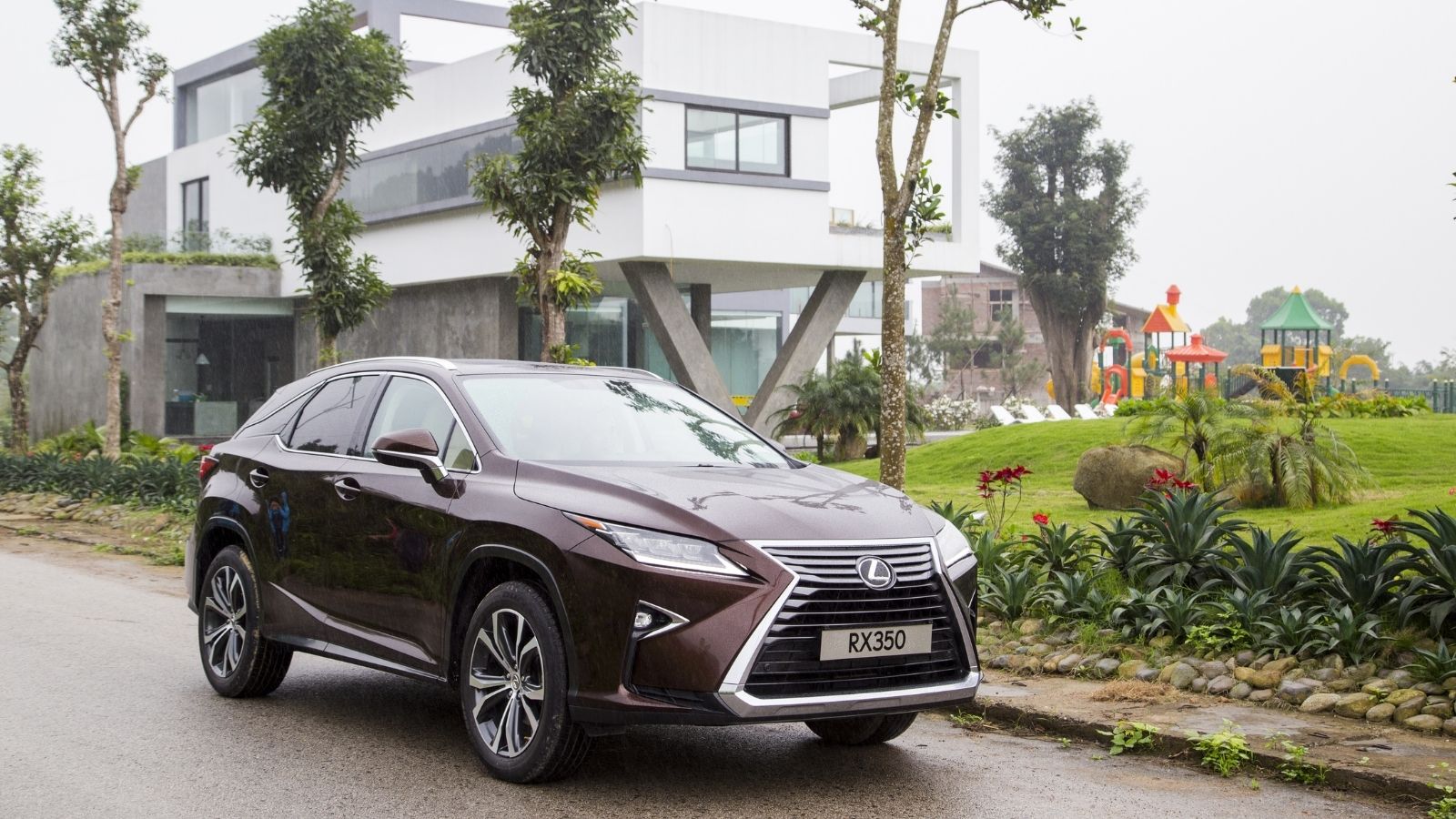
Toyota’s luxury sibling sees a rare rise in early offloads, which is a sign of shifting priorities. While the RX 350 is praised for its comfort, high-maintenance issues are emerging, including drive shaft vibration on AWD models, oil cooler leaks, and unusual ABS electrical errors. Fuel economy lags behind that of Lexus’s hybrid versions and European rivals, and the heavier build, coupled with cold-day engine performance issues, has many owners considering early replacement. With substantial resale value on hybrid-minded alternatives, the RX’s old-school V6 has fallen out of favor, prompting swaps for more reliable and environmentally friendly luxury crossovers.
Cadillac XT5 (2017–2020)
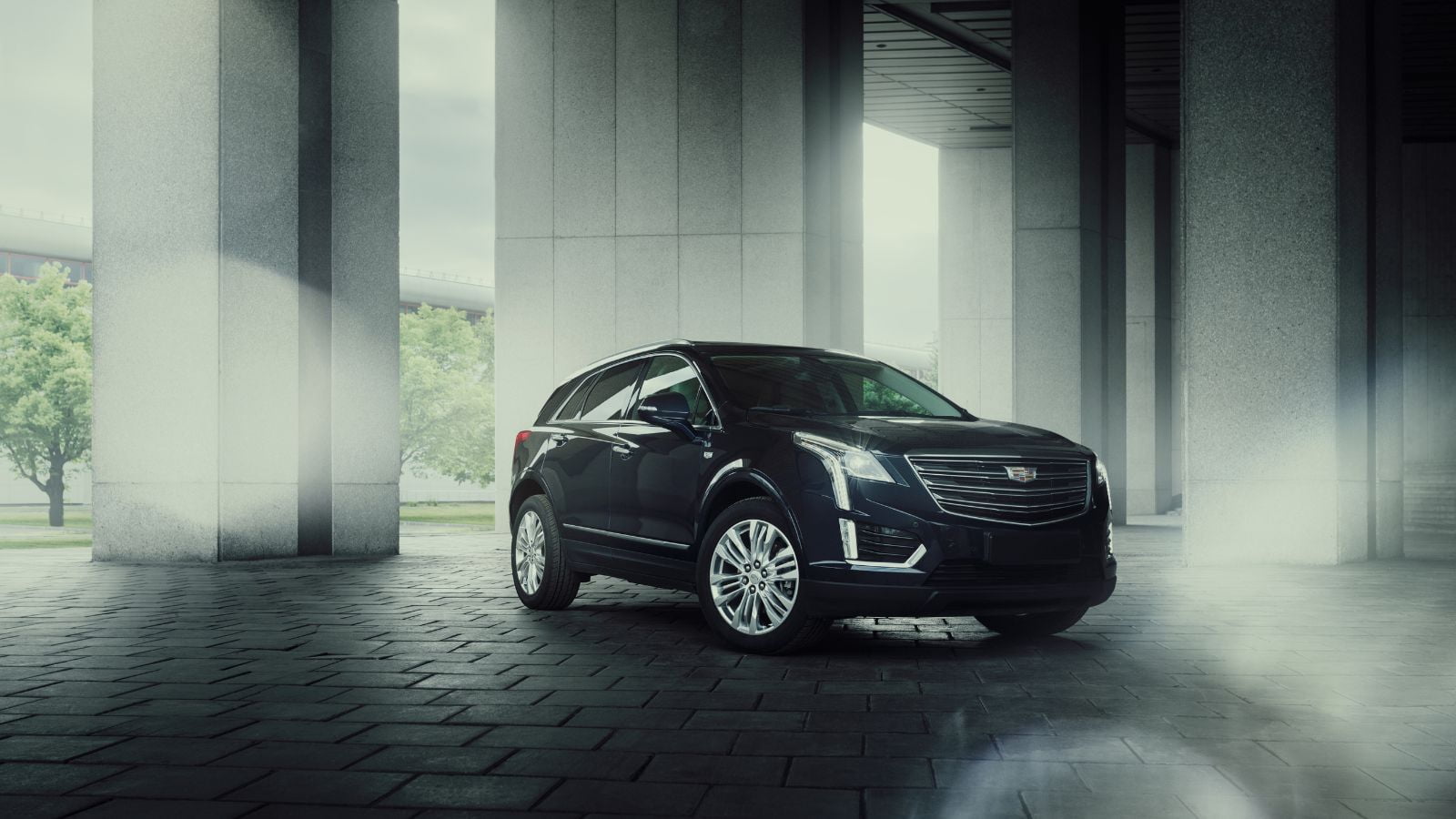
The Cadillac XT5 appears ideal on paper, but Canadian mechanics report frequent failures of the brake actuator and module, often triggered by salt-laden winter roads. Infotainment glitches occur during cold launches, and cabin rattle arises from the trim under the weight of winter gear. Suspension shocks grind on curves, and the turbo‑4 engine adopts hesitation on incline starts, while depreciation is faster than expected, especially when service bills arrive post-warranty. With midsize luxury crossovers becoming more advanced and reliable, many Canadians resolve that the XT5 offers a premium badge but little peace of mind.
Jeep Wrangler JL (2018–2021)
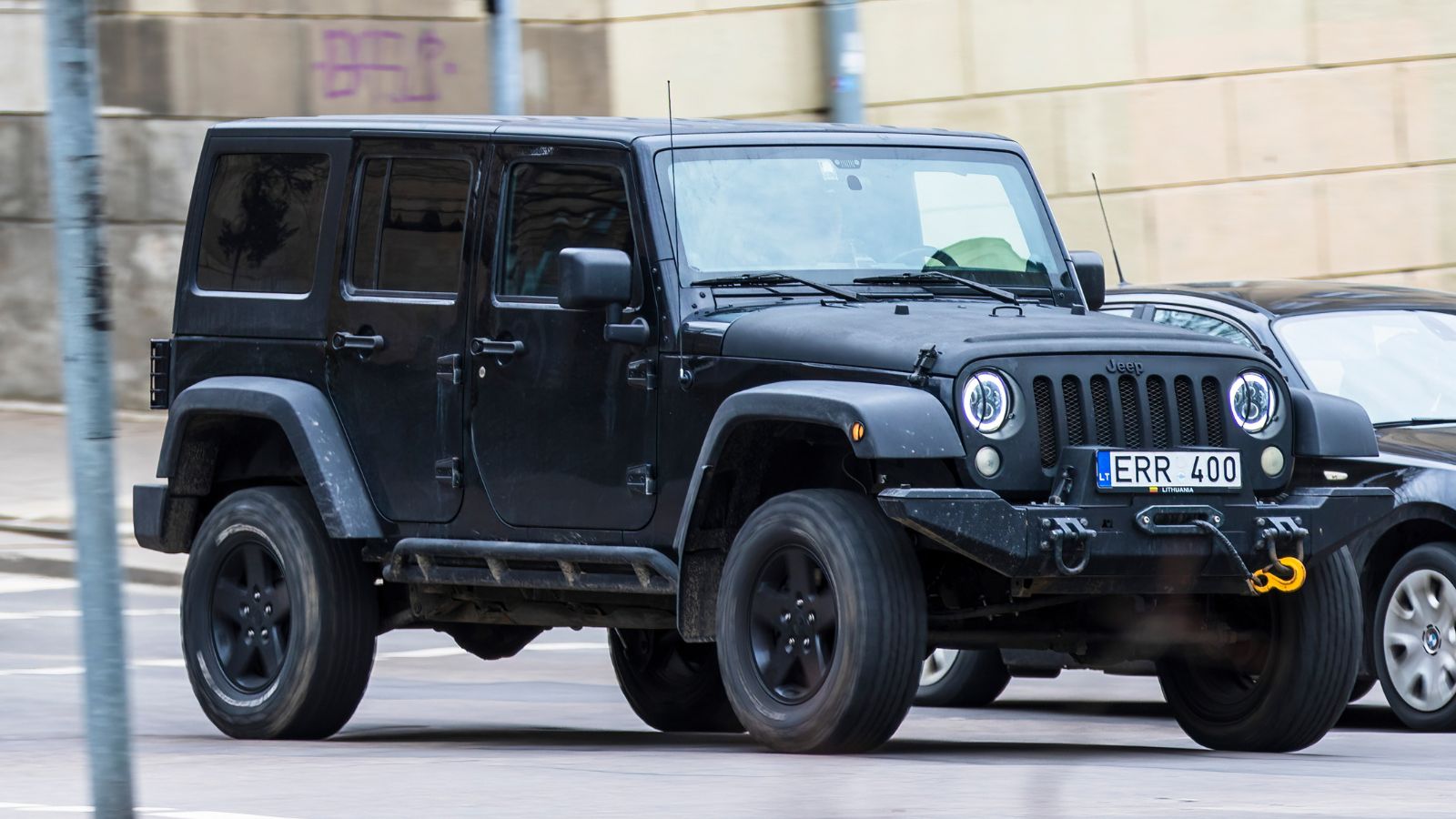
Still popular for its off-road iconography, the Wrangler is losing value among urban buyers due to reported issues, including frame rust caused by salt spray, squeaky hinges, and frequent errors with the charger light in its modular electronics. Ride comfort remains rough on highway miles, and fuel economy bleeds money in monthly mileage, while the convertible soft tops unpredictably crack in icy temperatures. Offseason trail-season use may justify them, but the day-to-day cost and discomfort drive many to consider more refined yet capable SUVs with modern AWD tech instead.
Range Rover Sport (2018–2021)
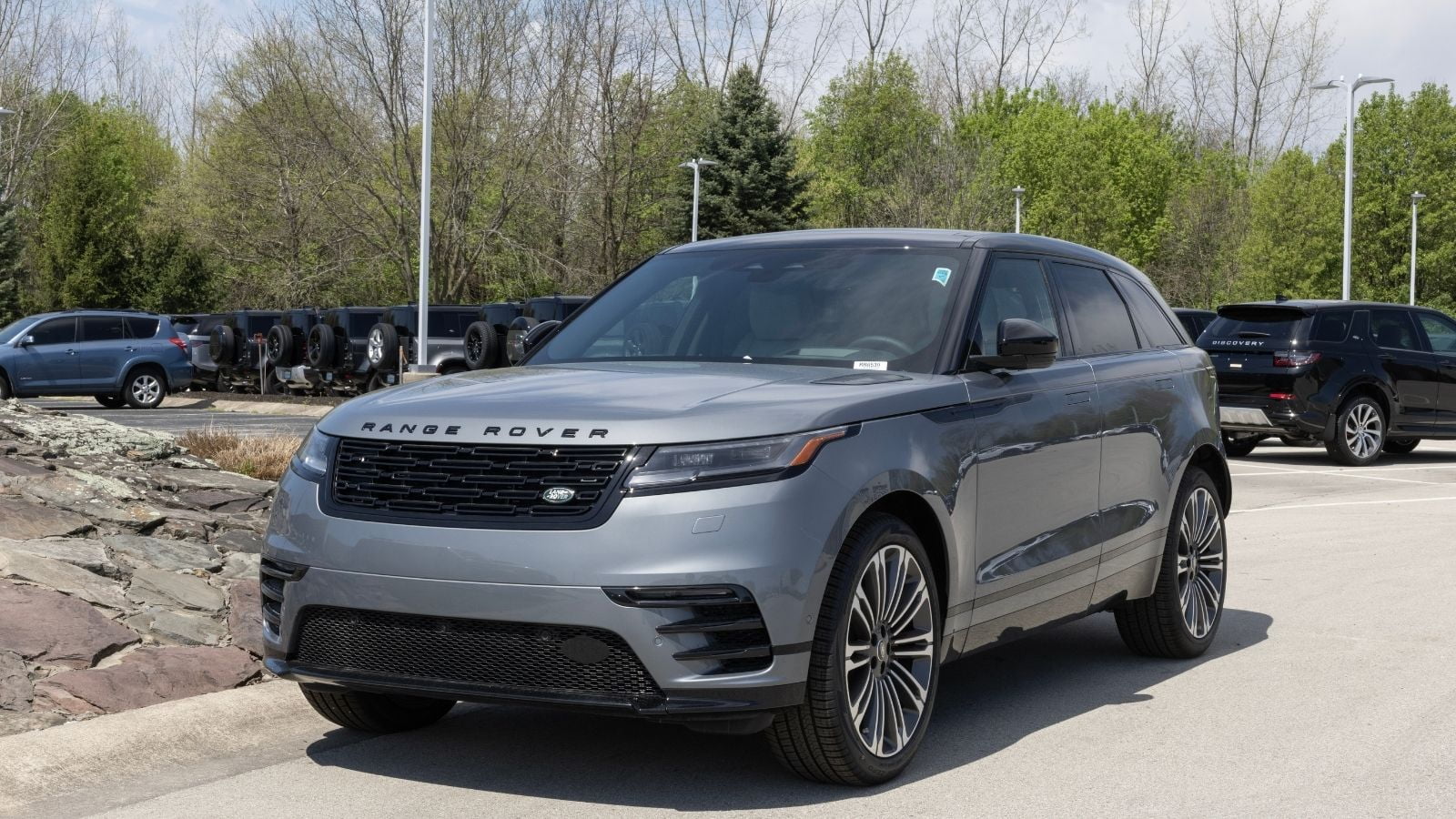
A status symbol that quickly turns into a garage liability, the early Range Rover Sports haunts mechanic bays with air suspension faults, electrical module failures, and turbocharger logic issues. Road salt accelerates underfloor rust, and sensor line blockages during warmup cause drive-priority shutdowns, and Canadian luxury buyers find depreciation brutal and reliability woeful. Repair timelines stretch for weeks, and many urban buyers have opted to trade in their SUVs for premium options with streamlined systems and improved ownership experiences, thereby ridding themselves of a problematic vehicle.
Kia Telluride (2020–2022)
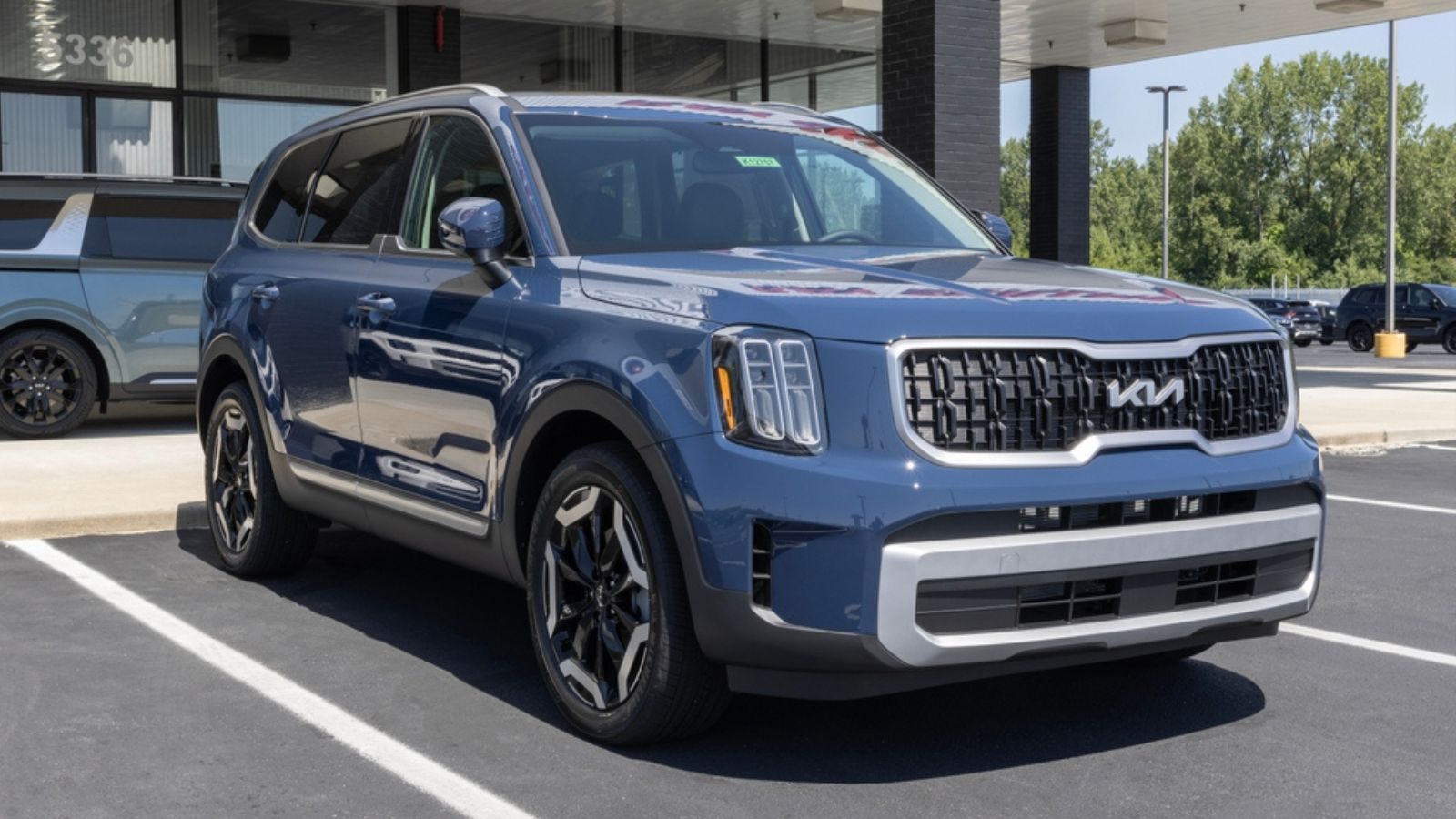
Kia’s award-winning three-row SUV appears flawless until owners encounter delayed drivetrain warranty coverage and unusual electrical issues in cold weather. Problems include battery drain during cold months, suspension rattling at 30,000 km, and underbody rust appearing earlier than expected. Although there are a few mechanical disasters, the sheer volume of minor issues, such as leaky window seals and frozen proximity sensors, adds up financially. With newer hybrids offering higher quality and fewer quirks, Telluride trade-ins are on the rise, as Canadians opt for models that feel cleanly engineered for all seasons.
Toyota Highlander (2020–2022 Hybrid)
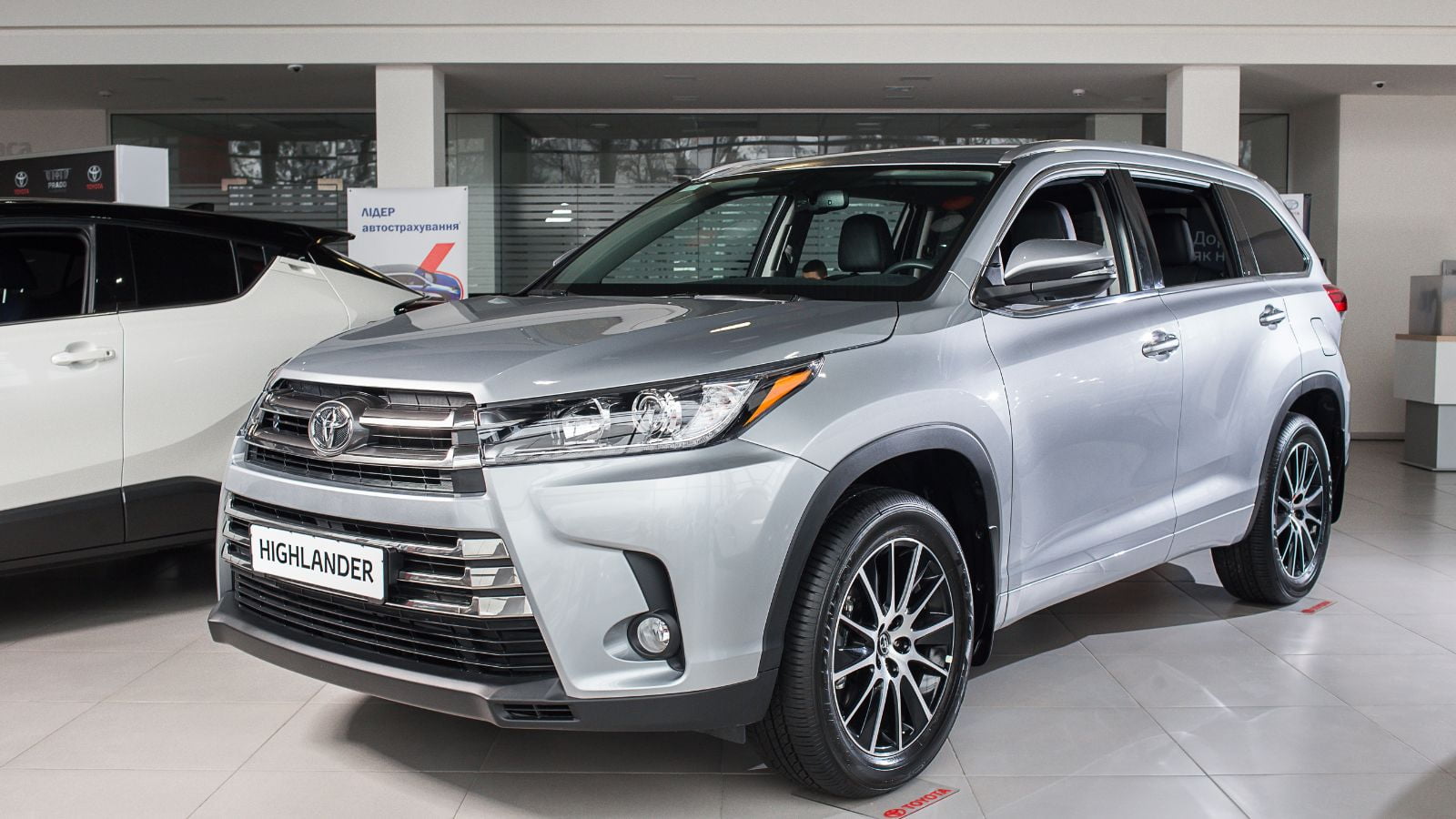
Hybrid promise aside, early 2020s Highlander hybrids often struggle with cold batteries and fail to deliver the expected mileage in prairie winters. Cabin heating is sluggish, relying heavily on the petrol engine, and mechanics report oil cooler leaks and wheel bearing wear before 80,000 km. The EV-optimized engines also require more maintenance over time, and many buyers cite milder warranties and less intuitive infotainment. With full-EV competition becoming available, many decide to dump the Highlander while hybrid certification still holds value.
Chevrolet Blazer (2019–2022)
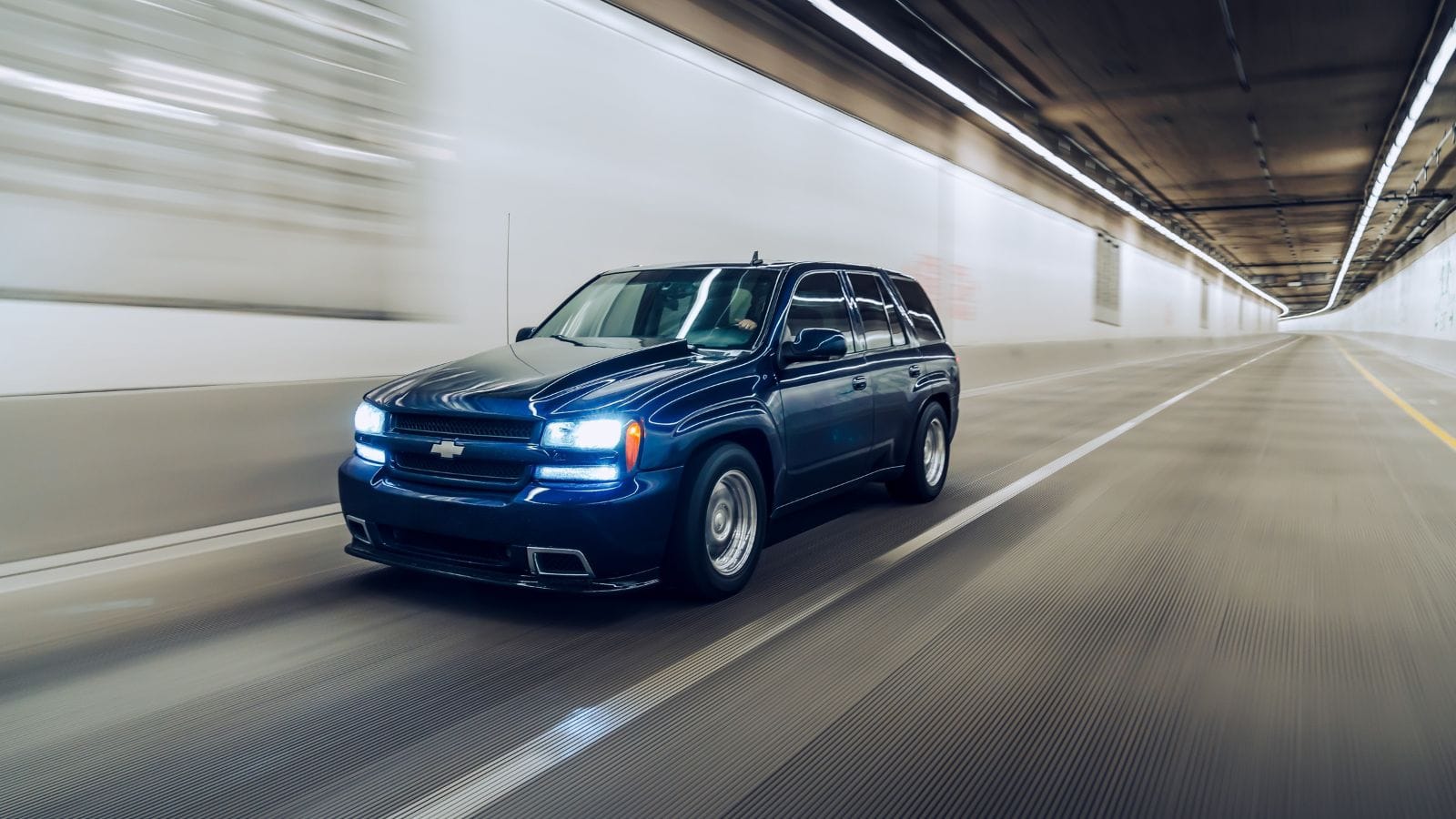
The Blazer’s sporty coupe-like lines captured imaginations, but many Canadian drivers regret the reality. Its ride is harsh on Canadian roads, and the suspension works hard under salted surfaces, while the turbo four-cylinder models lack low-end grunt for uphill or off-ramp merging. Electronics like cameras and sensors can become temperamental in the cold, and the depreciation is accelerated dramatically as newer, more efficient midsize crossovers arrive. Mechanics suggest that downsizing to more competent AWD crossovers reduces both repair issues and fuel costs, making the Blazer a practical loss.
Volvo XC60 (2018–2020)
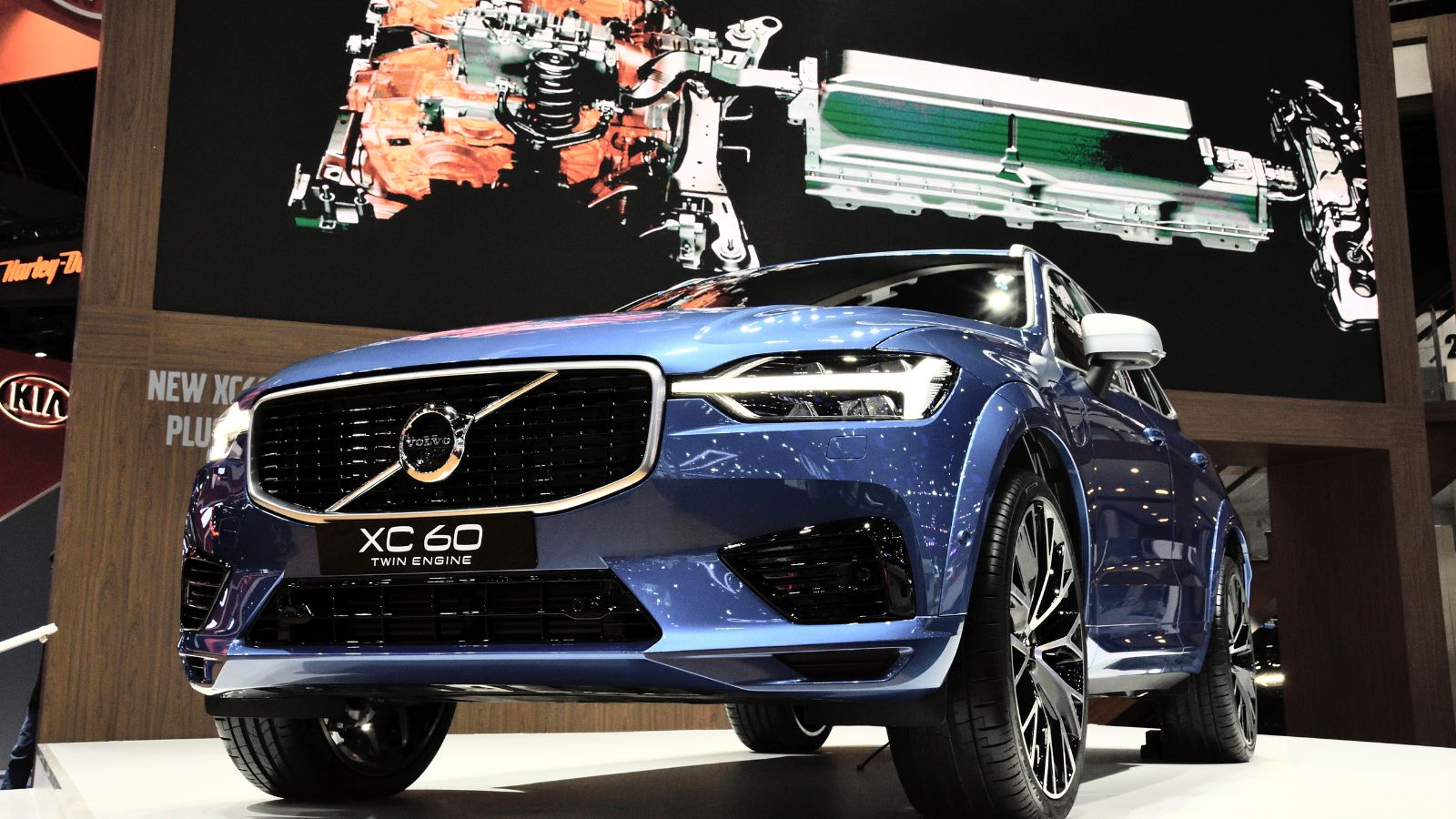
Although widely regarded as a safe choice, early XC60 models are facing mechanical issues as mechanics flag turbocharger overheating, AWD installation pump failure after repeated exposure to salt, and coolant hose bursts. The electrical hood latch errors disable cold starts, leaving drivers stranded, and suspension air module failures occur when cabin sensors freeze. Cabin trim easily cracks under door impacts during snow shoveling. While it is still a prestige pick, it is increasingly being traded in favour of later-gen models or German rivals with better durability under Canadian conditions and long-term reliability.
25 Facts About Car Loans That Most Drivers Don’t Realize

Car loans are one of the most common ways people fund car purchases. Like any other kind of loan, car loans can have certain features that can be regarded as an advantage or a disadvantage to the borrower. Understanding all essential facts about car loans and how they work to ensure that you get the best deal for your financial situation is essential. Here are 25 shocking facts about car loans that most drivers don’t realize:
25 Facts About Car Loans That Most Drivers Don’t Realize
